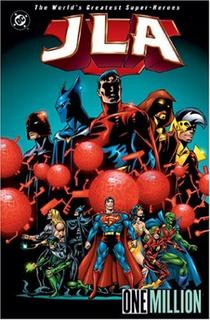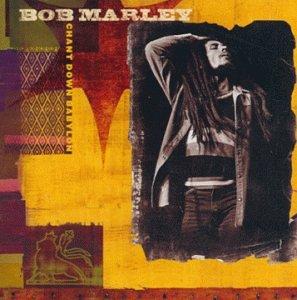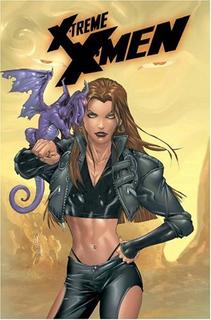Moving into the Elite?
 Well, from having read some reviews of this one online, it appears that there's a pretty big schism of opinion on this - the first collected volume from Justice League Elite.
Well, from having read some reviews of this one online, it appears that there's a pretty big schism of opinion on this - the first collected volume from Justice League Elite.My initial reactions from this volume are that the artwork is sloppy and - at times - confusing (making Jack Rider look like Clark Kent enough that I had to reread a number of panels two and three times to make sure who just said what). But then the artwork fits the darker, morally ambiquous, at-times-confusing nature of the stories, so that might be intentional.
There are two stories being told in this volume. The first, a one-off from Action Comics #775 is one of the more impressive Superman stories of past few years. In the span of twenty-some pages, the artist and writer craft a fabulous morality tale of a man pushed to his limits and questioning whether what he is doing is the right way. It's something that Alex Ross took four books to do just about as well in Kingdom Come, but here is a cliffnotes version of the same debate, and the artwork - while offputting at times - supports this beautifully.
And it was intended as a one-off.
But it was too successful to stay that way. Manchester Black returned to torture Superman and "die" when he eventually couldn't turn the Man of Steel into a killer. In the rest of this TPB, Black's sister comes to the JLA with a proposal to create a team of "villians" who would be a covert branch of the Justice League, one in which heroic acts could be performed even in gray areas where the Justice League proper simply couldn't step. At first, this game of cat and mouse, the front story and back story is a little hard to follow - are the bad guys bad or are they good or are they bad guys acting good. And it's not something entirely answered in this - the first four issues of a twelve-volume maxi-series.
I'm looking forward to finding out, however, as I once I found out what was happening - oh, that's not really Deathstroke, it's Vera...and Flash is on both teams - I really enjoyed the moral quandries that the JLElite found itself in.
Clearly, the violence and borderline crass language makes this a more mature title than one little kiddies might be picking up, but it's not to the extent of League of Extraordinary Gentlemen or Watchmen, but this isn't your typical superhero book.


























